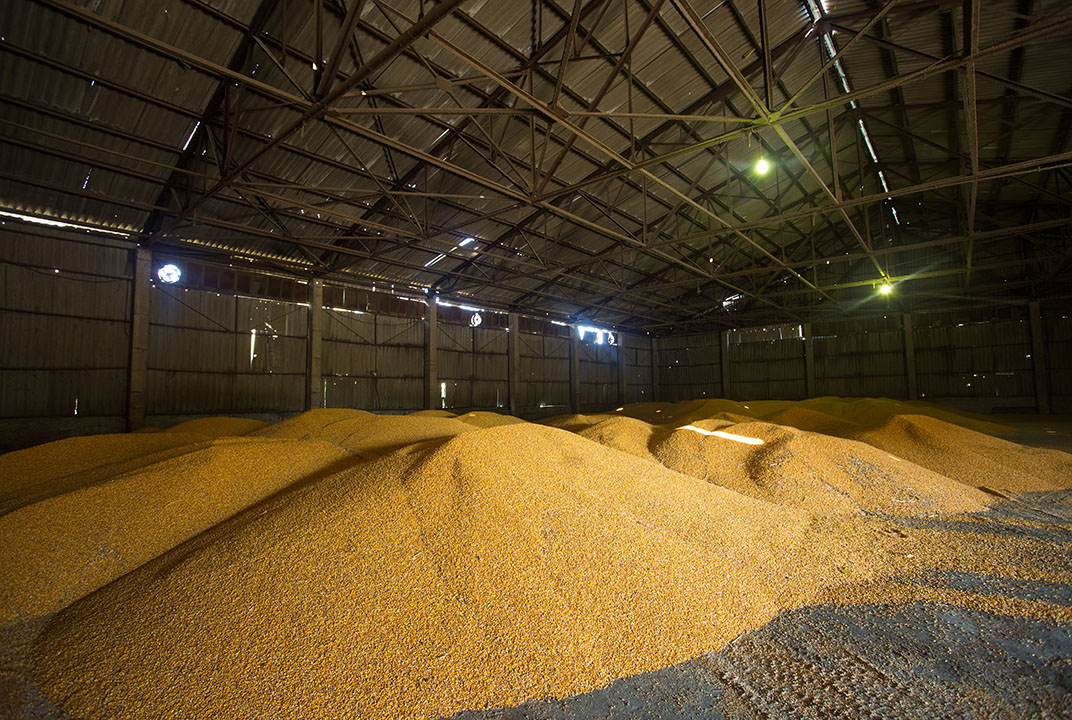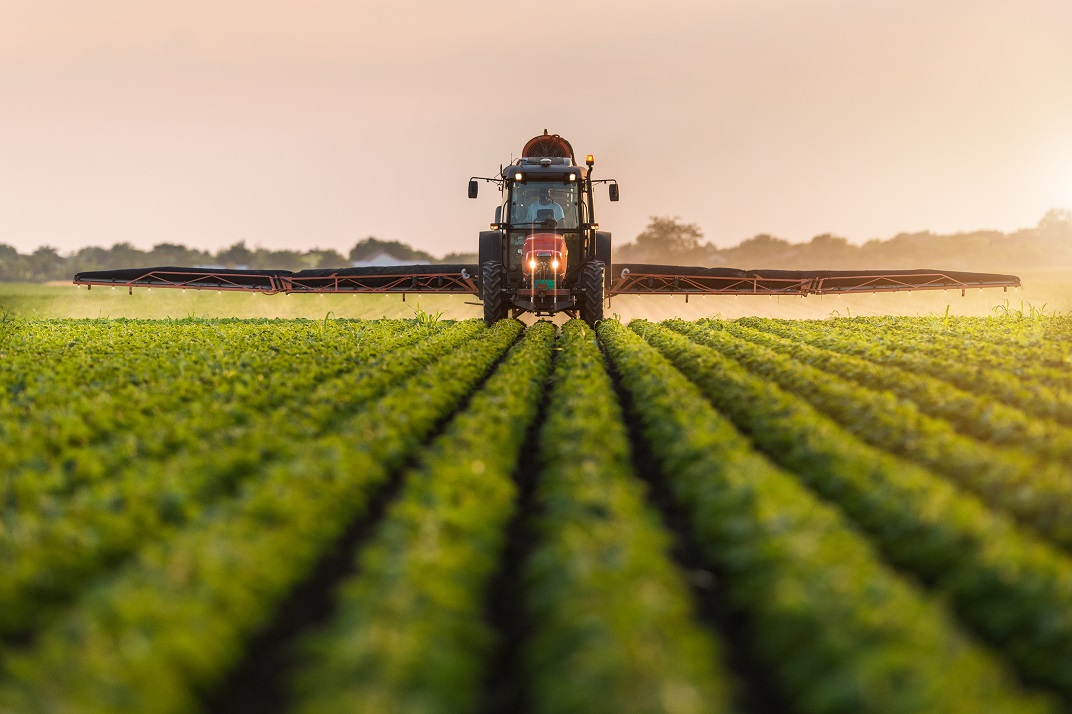Insight | More food, less waste
More food, less waste
null
Inmarsat Enterprise Director of Sector Development - Agriculture Steven Tompkins describes his vision of a data-driven agricultural supply chain.
When you walk the aisles of your local supermarket, many of the products lining the shelves have already travelled thousands of miles to get there. They have filtered through an intricate supply chain, dispatched by suppliers constantly looking to hone their processes and improve their control. Farmers want to boost sustainability and quality while slashing waste and cost, but a complex web of variables stands in the way.
Water and fertiliser rates, crop inputs, harvesting, storage and transportation are just a few challenges, but these conflicting variables can be harnessed and learned from. Data will be key to cutting a path, but the current methods of collection across the agricultural supply chain are neither consistent nor comparable.
With connected technologies and sensors providing real-time data insights, a richer picture will be revealed that can allow for greater control. My vision for the future is the ability to act on these insights throughout the supply chain, whether it be a slight change in temperature during storage or new knowledge that can maximise yields in a future season. What this would mean is a constantly improving system, as crucial patterns are extracted from vast and growing data sets.
Imagine the potential! There is the real opportunity to shrink waste and cost while simultaneously driving increased yields, quality and sustainability – ultimately streamlining the entire supply chain.
Low-cost sensor technology
Although this will be a big step forward to take, it’s far from a pipedream. The technology to achieve this vision of the future already exists and is giving us a glimpse of what is to come. A good example is the new generation of low-cost radio frequency identification (RFID) tags, measuring key data like temperature and humidity. Low-cost sensor technology is also becoming more widely available, capable of measuring key variables like weather and soil moisture. These highly accessible technologies are integral to the future of agriculture I foresee, with farmers from across the world enabled to contribute to and benefit from increasingly valuable insights.
While waste reduction and growing yields may come first in the minds of many, there are a number of other potential advantages of a data-driven agricultural future, such as verifying sustainability claims, or avoiding unethical practices. For example, transparency throughout the supply chain would prevent the inadvertent use of commodities from an illegally deforested area.
The progress is real and exciting, but significant challenges to the speed of this progress remain. Perhaps the greatest obstacle is the fact that farmers are often unwilling to share their data across the supply chain. A prime example is the concern farmers have that the availability of crop data will cause them to lose out on price negotiations.
Another key challenge is reliable connectivity, a critical requirement at every stage of the supply chain to generate and capture the vital real-time data. This problem can be solved through a combination of satellite and terrestrial methods.
Adopting a data-driven strategy
So how do you start a data driven approach to improving your agricultural supply chain? Our key recommendation when thinking about what data to collect and how to use it is to have a clear strategy. These five questions are a good start:
- What problem are you trying to solve? What do you need to understand better?
- What are the minimum data points you need to draw these conclusions? Are they exceptions? What are the time intervals that will yield the patterns you need?
- What data may already be gathered? Is data already available, and if so is it accessible to you?
- What connectivity networks do you need to get data to its intended destination? Do you have reliable terrestrial connectivity in the field and through the supply chain, or do you need to use satellite communications?
- Who needs to access the data and when? Are they on-site or remote? Does it need to be real-time or after the event?
Inmarsat is the world’s leading provider of global, mobile satellite communications. We support agriculture businesses from field to fork helping transform business outcomes at every stage – maximising yields and profits, implementing traceability and driving operational sustainability.
Talk to us about how we can help you develop an actionable data strategy to drive competitive advantage in your raw material supply chain.
About the author
Steven Tompkins is Inmarsat’s Director of Sector Development for Agriculture. He is responsible for using the organisation’s market leading high-speed data communications and global IoT capability to build practical solutions for a digitally connected agriculture sector. Steven has extensive experience consulting for large private and public sector organisations in the agri-food industries, building and running complex projects to improve agricultural productivity and sustainability across multiple geographies. He has recently joined Inmarsat from a leading agricultural research organisation in the UK (NIAB) in which his focus was to take new science and knowledge and turn it into practical tools and technologies for farmers such as yield forecasting models and precision irrigation technologies.


